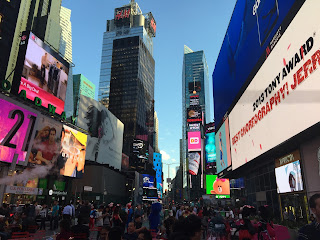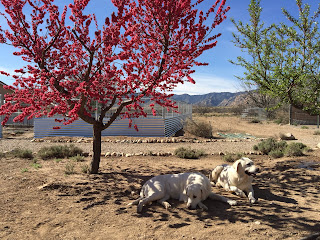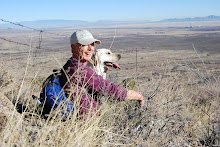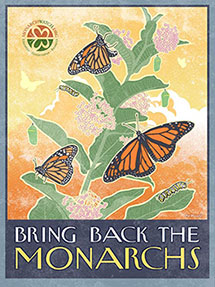The heart of Africa actually, the jungle of the République de Congo.
Last summer a friend invited us to accompany her, and her brother and his lady friend, to the Nouabale-Ndoki National Park where her daughter is Director of Research for the Wildlife Conservation Society, which is one of the managers of the Park. This was an opportunity not to be turned down of course. There were formalities and vaccinations involved but we completed it all in plenty of time and we left the day after Christmas.
This is the most remote place we have ever visited. We left Tucson and flew to Atlanta and from Atlanta to Paris, where we spent the night. Next day, Paris to Brazzaville, Congo, and spent another night. We then took a domestic flight to the other end of the country: Ouesso, where we picked up a "pirogue" that took us up the Sangha river for 5 hours to arrive at our destination: Bomassa Camp at the NNNP. It was dark when we arrived.
A pirogue is a very long hollowed out log, one lawn chair wide, with an outboard motor. Ours took 8 people, cargo and the boat driver.
The objective of this journey was to visit the lowland gorillas in their natural habitat. We might also see some other big animals: forest elephants, chimpanzees, bonobos. The jungle here is undisturbed, with no human habitation and the flora and fauna diversity is truly staggering. The NNNP is part of a huge section of land set aside by the République de Congo, Cameroon, Central African Republic as consecutive national parks.
After a day at Bomassa Camp we piled into two Land Cruisers and drove for several hours to be transferred to smaller pirogues and paddled to Mbeli Camp, currently abandoned due to marauding elephants. We shouldered our packs and walked for an hour to reach Mbeli Bai, a natural forest clearing where the wild life is habituated to people on a large, high platform. We spent two nights camping there and saw several gorilla groups (silverbacks, their females and offspring) eating the vegetation, as well as a number of elephants extracting minerals from the water, and some sitatungas grazing. We celebrated a memorable New Year.
Then it was on to Mondika Camp, where gorillas are habituated to people very close by. We were told to backup if the gorillas should come within 7 meters of us! To reach Mondika we backtracked the hike and the boat ride and drove another 1.5 hours to start a 9 km hike, which included a 20 minute trek through a thigh-high swamp.
Mondika Camp consisted of a number of hardwood buildings and was a main research station (only one person monitors Mbeli Bai). We were set up in tents with beds and private bathrooms, the pit-and -pour kind. It was lovely. Food was provided by the camp cook who was a master at his craft in such a remote location.
The next two days we were able to see the gorillas for an hour at close range. They are amazing animals. They were looking for mushrooms and eating greens, and having deep thoughts. They knew full well we were there but were totally unbothered. The WCS research staff and the local forest people, who are trackers, have done an amazing job with the animals.
When we made it back to Bomassa Camp we were told that our flight from Ouesso the next day had been cancelled, a regular occurrence, and this gave us another day to ruminate on our experiences at Bomassa. The downside was that if the flight the next day was cancelled too, we would all miss our flights home. That did not happen in the end, so all ended well.
An amazing trip and those that know us well can count on seeing many more photos, or a video, if they are interested.









































